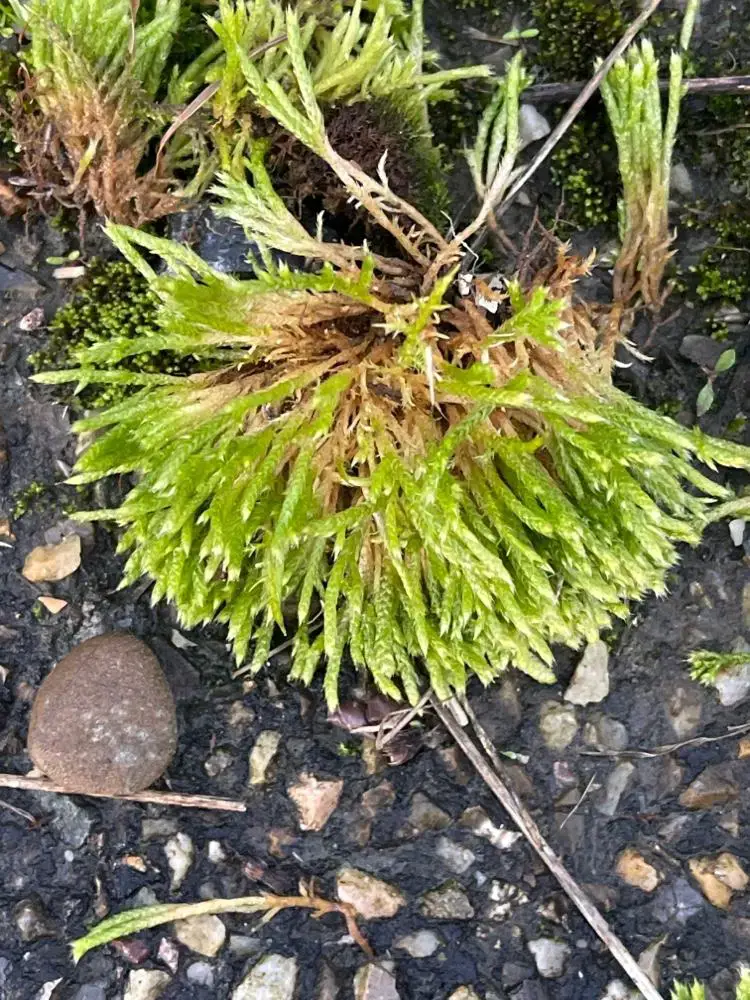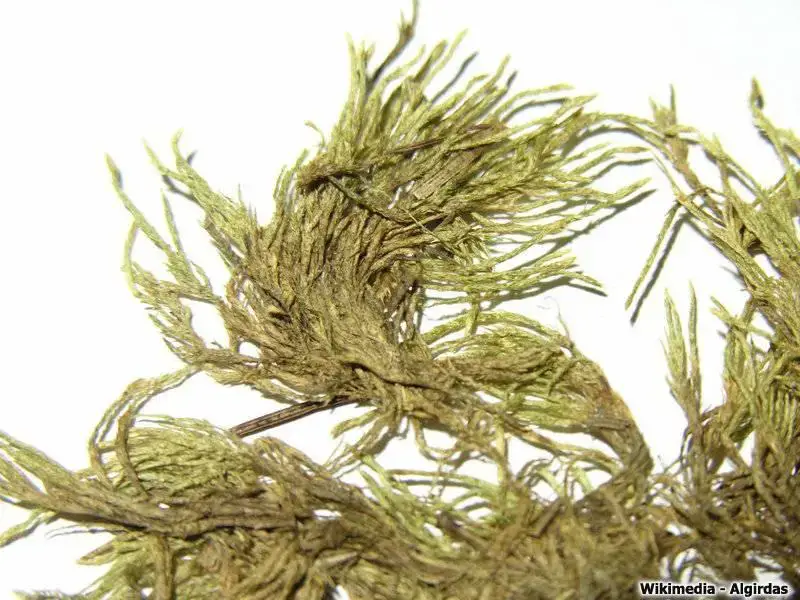
46096657.jpg from: https://waarneming.nl/waarneming/view/232967596?_popup=1
Introduction

Brachythec_albicans_resize.jpg from: https://azoresbioportal.uac.pt/azorean-species/brachythecium-albicans-12178/
The world of mosses is a fascinating one, filled with tiny, unassuming plants that often go unnoticed by the casual observer. Among these diminutive wonders is the Brachythecium albicans (Hedw.) Schimp., a moss species belonging to the Brachytheciaceae family, commonly known as Brachythecium. Despite its small stature, this moss plays a crucial role in various ecosystems and has captured the interest of bryologists and nature enthusiasts alike.
Background
Before delving into the specifics of Brachythecium albicans, it’s essential to understand the broader context of mosses. These ancient plants belong to the Bryophyta division and are classified under the Bryopsida class. Mosses are non-vascular plants, meaning they lack the specialized tissues found in more complex plants for transporting water and nutrients. Instead, they rely on a simple structure and the ability to absorb water and nutrients directly from their surroundings.
Main Content
Morphology and Identification
Brachythecium albicans is a pleurocarpous moss, meaning its stems grow horizontally along the substrate. Its slender, creeping stems can reach lengths of several centimeters, forming dense mats or cushions. The leaves are small, ovate to lanceolate in shape, and arranged in a spiral pattern around the stem. When dry, the leaves often curl inwards, giving the moss a distinctive appearance.
One of the key identifying features of B. albicans is its whitish or pale green color, which sets it apart from many other moss species. This coloration is due to the presence of specialized cells called hyaline cells, which reflect light and help the moss conserve moisture.
Global Distribution and Habitat
Brachythecium albicans is widely distributed across various regions of the world, including Europe, Asia, North America, and parts of South America. It thrives in a variety of habitats, from moist forests and shaded areas to rocky outcrops and even urban environments, such as old walls and pavements.
This moss prefers cool, humid conditions and is often found growing on soil, decaying wood, or tree bark. Its ability to colonize a wide range of substrates and tolerate varying levels of moisture and light exposure contributes to its widespread distribution.
Ecological Roles and Adaptations
Despite its small size, Brachythecium albicans plays a vital role in various ecosystems. As a pioneer species, it helps stabilize and enrich soil, creating favorable conditions for other plants to establish themselves. Additionally, mosses like B. albicans provide microhabitats for numerous invertebrates, such as insects, spiders, and other small organisms, contributing to biodiversity.
One of the remarkable adaptations of B. albicans is its ability to survive periods of desiccation. When conditions become dry, the moss can enter a state of dormancy, curling its leaves inwards to minimize water loss. Once moisture returns, the moss quickly rehydrates and resumes its normal growth and metabolic activities.
Case Studies/Examples
Brachythecium albicans has been the subject of various scientific studies, shedding light on its ecological significance and potential applications. For instance, researchers have investigated the moss’s ability to accumulate heavy metals from the environment, making it a potential biomonitor for air pollution.
In urban areas, B. albicans has been observed growing on historic buildings and monuments, contributing to their unique aesthetic appeal while also playing a role in their preservation by helping to regulate moisture levels and protect against erosion.
Technical Table
| Characteristic | Description |
|---|---|
| Scientific Name | Brachythecium albicans (Hedw.) Schimp. |
| Family | Brachytheciaceae |
| Common Name | Brachythecium |
| Growth Form | Pleurocarpous moss |
| Stem Length | Several centimeters |
| Leaf Shape | Ovate to lanceolate |
| Leaf Arrangement | Spiral |
| Color | Whitish or pale green |
| Habitat | Moist forests, shaded areas, rocky outcrops, urban environments |
| Distribution | Europe, Asia, North America, parts of South America |
| Ecological Roles | Soil stabilization, microhabitat provision, biomonitoring |
| Adaptations | Desiccation tolerance, hyaline cells for moisture conservation |
Conclusion
The Brachythecium albicans (Hedw.) Schimp. moss, a member of the Brachytheciaceae family, may be small in stature, but its impact on various ecosystems is significant. From stabilizing soil and providing microhabitats to serving as a biomonitor for environmental pollution, this unassuming moss plays a crucial role in maintaining the delicate balance of nature.
As we continue to explore and appreciate the wonders of the natural world, let us not overlook the importance of these tiny, resilient organisms. Perhaps the next time you encounter a patch of Brachythecium albicans, you’ll pause and reflect on the intricate web of life that surrounds us, even in the most unexpected places.
Thought-provoking question: Can the study of mosses like Brachythecium albicans provide insights into developing more sustainable and resilient urban environments?